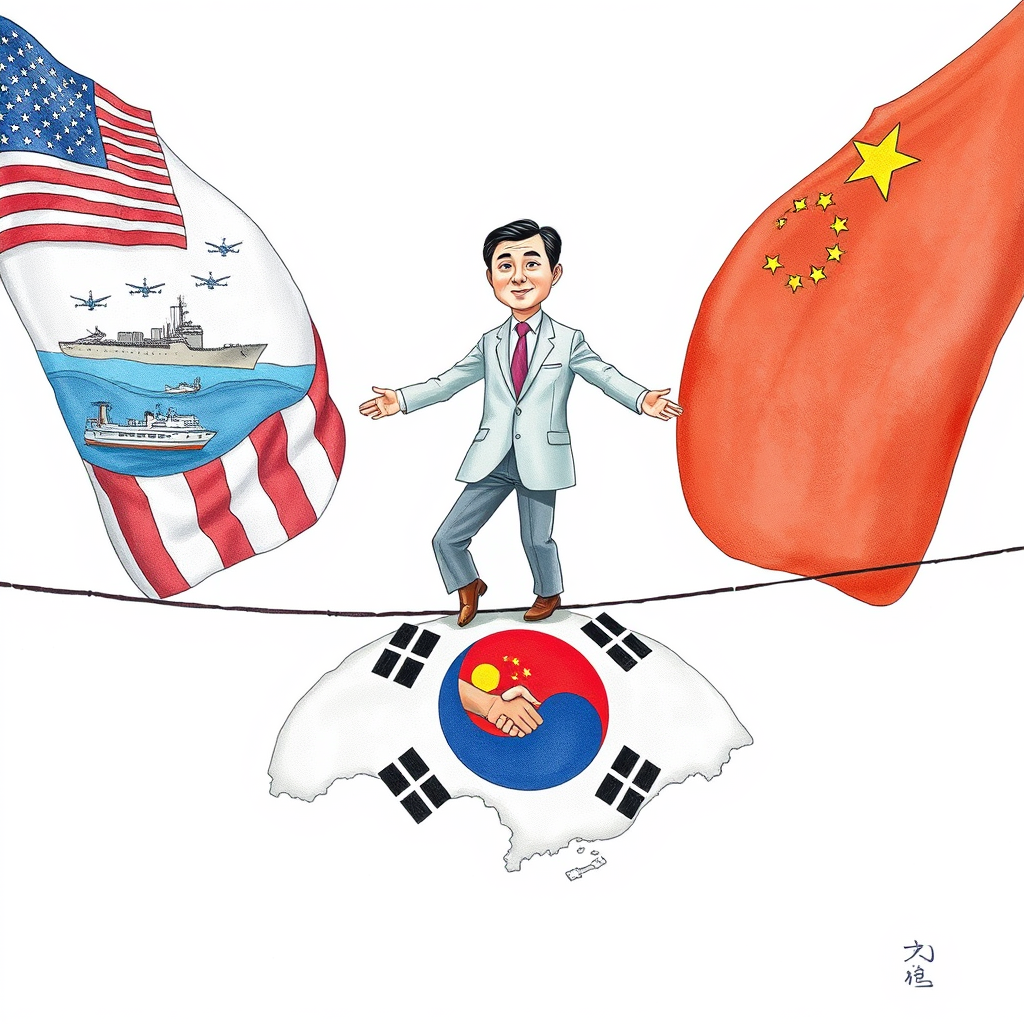South Korea’s New Leader Navigates US-China Tensions

South Korea has entered a new era with the inauguration of President Lee Jae-Myung, signaling a potential shift in both domestic and foreign policy. Lee’s victory follows a period of political turbulence, succeeding a predecessor accused of attempting to impose martial law – a stark contrast in a nation firmly established as a democracy. His acceptance speech prioritized economic revitalization alongside continued attention to security, peace, and democratic principles.
A key tenet of Lee’s vision appears to be a balancing act. He emphasized strengthening the long-standing alliance with the United States, fostering trilateral cooperation with the U.S. and Japan, and pursuing pragmatic relationships with neighboring countries, notably China. Simultaneously, he expressed a commitment to inter-Korean dialogue, humanitarian aid to North Korea, and ultimately, peaceful reunification.
This transition arrives at a critical juncture. China remains South Korea’s dominant trading partner, accounting for over 26% of its exports and 21% of its imports. The U.S., while a significant partner with approximately 18% of exports, represents far more than just trade. The historical context of the Korean War, the resulting armistice, and the enduring Mutual Defense Treaty underpin a security relationship solidified by the continued presence of over 28,000 U.S. troops in South Korea. This U.S. military presence serves as a crucial deterrent against North Korean aggression.
Lee’s ambition to expand South Korea’s diplomatic reach and economic influence is commendable. However, navigating the complex geopolitical landscape will require astute diplomacy. The U.S. has clearly signaled its strategic focus on the Indo-Pacific region, with Defense Secretary Petee Hegseth recently voicing strong concerns about China’s growing assertiveness in the South China Sea, its actions towards Taiwan, and its attempts to reshape regional dynamics. China, predictably, has accused the U.S. of Cold War posturing.
Lee’s cabinet appointments suggest a focus on experience and competence, which will be vital in managing relations with both Washington and Beijing. While economic ties with China are undeniable, South Korea’s security alliance with the U.S. remains paramount. The memory of China’s economic retaliation following the 2016 THAAD deployment is likely still fresh, highlighting the risks of over-reliance on any single partner.
A willingness to openly align with the U.S. on issues like the South China Sea and Taiwan will be crucial for solidifying that security partnership. Equally important is Lee’s stated intention to re-establish dialogue with North Korea. After four years of complete disconnect, during which North Korea expanded its nuclear arsenal, signed a mutual defense treaty with Russia, and provided military support to Russia’s war in Ukraine, a new approach is urgently needed.
Perhaps a renewed effort, building on the initiatives of the Trump administration, could incentivize North Korea to halt its nuclear program in exchange for sanctions relief and a path towards normalization of relations. The challenges facing the Lee administration are substantial, but a commitment to both pragmatic diplomacy and a strong alliance with the United States offers the best path forward for South Korea’s security and prosperity.